Guide to the Duodenal Switch Diet in Mexico
.jpg)
Embarking on a duodenal switch surgery journey, especially in a destination like Mexico, comes with significant lifestyle adjustments, and perhaps none are as crucial as your diet.
Understanding and strictly adhering to the pre-operative and post-operative dietary guidelines is fundamental to the success of your surgery, helping you minimize risks, promote healing, and achieve your weight loss goals.
This comprehensive guide will walk you through the dietary phases, offering clear answers to common questions about preparing for and recovering from duodenal switch surgery.
The dietary plan isn't just about what you eat; it's about retraining your relationship with food to support your new digestive system. From the initial liquid-only phase to the gradual reintroduction of solid foods, each step is designed to optimize your recovery and ensure you get the vital nutrients your body needs.
Whether you're considering duodenal switch in Mexico for its quality care and affordability or have already scheduled your procedure, mastering these dietary principles is your first step towards a healthier future.
What is the purpose of the pre-op diet for duodenal switch?
The pre-operative diet is a critical phase, typically lasting one to two weeks before your duodenal switch surgery.
Its primary goal is to make the surgical procedure safer and more straightforward. By following a strict, low-calorie, high-protein liquid diet, patients can achieve several important physiological changes:
- Liver Shrinkage: Many individuals with obesity have an enlarged liver due to fat accumulation. A liquid diet helps reduce the size of the liver, making it easier for the surgeon to access the stomach and intestines, thereby reducing surgical time and risks.
- Reduced Abdominal Fat: Losing even a small amount of weight and reducing visceral fat around organs can significantly improve surgical visibility and reduce potential complications.
- Stabilizing Blood Sugar: For patients with type 2 diabetes, the pre-op diet can help stabilize blood sugar levels, which is crucial for a smoother surgery and recovery.
- Establishing Healthy Habits: This phase serves as an initial step in adapting to the post-surgery eating patterns, helping patients mentally and physically prepare for the significant dietary changes ahead.
What does the pre-op diet for duodenal switch in Mexico typically involve?
While specific guidelines might vary slightly between clinics in Mexico, the general structure of the pre-operative diet for duodenal switch is quite consistent. It focuses on a gradual transition from regular foods to a primarily liquid intake.
A typical pre-op diet plan includes:
- Clear Liquid Phase (1-2 days before surgery): This phase usually includes water, sugar-free clear broths, sugar-free gelatin, decaffeinated tea or coffee, and clear protein drinks.
- Full Liquid Phase (1-2 weeks before clear liquid phase): This allows for thicker liquids such as protein shakes, milk (skim or almond), thinned cream soups, and sugar-free puddings. The emphasis is on high protein, low carbohydrate, and low fat.
- Elimination of Specific Foods: Patients are typically advised to avoid sugary drinks, fried foods, processed snacks, high-fat dairy, and alcohol during the entire pre-op period. It's also common to be asked to stop smoking.
- Supplementation: Your surgeon or nutritionist in Mexico will often recommend specific vitamin and mineral supplements to prevent deficiencies before surgery.
Why is protein intake crucial before duodenal switch surgery?
Protein plays a vital role in both the pre-operative and post-operative phases of duodenal switch surgery. Before surgery, adequate protein intake is essential for several reasons:
- Muscle Mass Preservation: While you are on a restricted-calorie diet, sufficient protein helps prevent the breakdown of lean muscle tissue. Maintaining muscle mass is important for overall strength and metabolism.
- Liver Health: Protein aids in liver detoxification processes and supports the reduction of fat within the liver cells, which contributes to liver shrinkage.
- Healing and Immunity: Protein is fundamental for cell repair, tissue regeneration, and the production of enzymes and antibodies, all of which are crucial for a strong immune system and efficient post-surgical healing.
- Satiety: High protein intake helps you feel fuller for longer, which can ease the transition to a liquid diet and reduce hunger pangs during the restrictive pre-op phase.
What are the immediate post-op diet stages after duodenal switch?
After your duodenal switch surgery in Mexico, your digestive system needs time to heal. The post-operative diet is a carefully structured, progressive plan that gradually reintroduces foods.
This staged approach is critical for preventing complications like nausea, vomiting, dumping syndrome, and nutritional deficiencies.
The immediate post-op diet typically follows these stages:
- Clear Liquids (Days 1-3 post-op): Immediately after surgery, you'll start with small sips of clear liquids like water, sugar-free broth, and sugar-free gelatin. This helps rehydrate and allows your new stomach pouch to begin healing.
- Full Liquids (Weeks 1-2 post-op): Once tolerating clear liquids, you'll advance to full liquids. This includes protein shakes, thinned cream soups, sugar-free puddings, and skim milk. The emphasis remains on high protein and adequate hydration.
- Pureed Foods (Weeks 3-4 post-op): The next stage introduces soft, pureed foods that are easy to digest. This includes mashed lean meats (chicken, fish), cottage cheese, scrambled eggs, and soft-cooked vegetables blended into a smooth consistency.
Portion control is paramount from the very beginning. You will be eating very small amounts, typically just a few ounces at a time, and will need to eat slowly, chewing thoroughly, even with pureed foods.
How long do I follow the liquid diet after duodenal switch surgery?
The liquid diet phase is a crucial initial step in your post-operative recovery. It's designed to give your digestive system ample time to heal without being stressed by solid foods.
The duration of this phase can vary slightly based on your individual recovery and the specific protocol of your surgical team in Mexico, but generally:
- Clear Liquids: Usually lasts for the first 1-3 days immediately following surgery.
- Full Liquids: This phase typically continues for the next 1-2 weeks, meaning the total liquid diet period (clear plus full liquids) spans roughly two to three weeks.
During this time, it’s vital to consume enough protein through approved protein shakes and ensure you stay well-hydrated. Your medical team will provide detailed instructions, and it's essential to adhere to them closely.
Advancing too quickly can lead to discomfort, nausea, or even surgical complications.
What foods can I eat during the pureed stage after duodenal switch?
The pureed stage, which typically begins around week three or four post-surgery, marks an exciting transition as you can finally enjoy a wider variety of flavors and textures, albeit in a smooth form.
The key here is to choose foods that are easy to digest and rich in protein. Remember to eat very slowly and in small portions.
Recommended foods for the pureed stage include:
- Protein-Rich Options:
- Blended lean chicken, turkey, or fish (moistened with broth or a small amount of low-fat gravy).
- Soft scrambled eggs or egg whites.
- Cottage cheese (low-fat).
- Plain Greek yogurt (sugar-free, high protein).
- Tofu, pureed.
- Refried beans (fat-free).
- Vegetables:
- Pureed cooked carrots, green beans, squash, or peas.
- Avoid fibrous vegetables that are hard to puree, like broccoli or corn.
- Fruits:
- Pureed soft fruits like bananas, peaches, or applesauce (unsweetened).
- Avoid fruits with seeds or skins.
Continue to avoid sugary foods, fried items, and anything with a tough or fibrous texture. Always introduce new foods one at a time to check for tolerance.
When can I introduce soft solids after a duodenal switch?
The transition to soft solids, usually starting around week 5-6 post-surgery, is another significant milestone. This stage requires careful attention to texture and thorough chewing to ensure proper digestion and prevent discomfort.
It’s crucial to continue prioritizing protein and avoiding foods that are difficult to digest.
Guidelines for introducing soft solids:
- Lean Protein:
- Very moist, flaked fish.
- Tender, ground chicken or turkey.
- Soft, skinless chicken breast, cut into tiny pieces.
- Cooked beans and lentils.
- Soft Vegetables:
- Well-cooked, non-fibrous vegetables (e.g., steamed carrots, zucchini, potatoes without skin).
- Avoid raw vegetables, corn, and tough skins.
- Soft Fruits:
- Canned fruits (in water or natural juice), soft fresh fruits like banana or melon, peeled and seeded.
- Grains (introduced cautiously):
- Small amounts of plain cooked rice, oatmeal, or whole-wheat toast (chewed thoroughly).
- Many patients find bread and pasta difficult to tolerate initially.
Remember to chew each bite thoroughly until it reaches a paste-like consistency before swallowing. Stop eating as soon as you feel full to avoid stretching your pouch or experiencing discomfort.
What are the long-term dietary guidelines after duodenal switch surgery?
The duodenal switch is a powerful tool for weight loss, but its long-term success heavily relies on sustained adherence to a healthy diet and lifestyle.
These guidelines are for life, focusing on maximizing nutrient absorption and preventing complications:
Core Principles:
- High Protein, Low Sugar, Low Fat: This remains the cornerstone. Prioritize lean proteins (fish, poultry, eggs, low-fat dairy), choose complex carbohydrates in moderation, and avoid processed sugars and unhealthy fats.
- Small, Frequent Meals: Eat 5-6 small meals throughout the day instead of three large ones. This helps manage hunger, supports metabolism, and prevents overeating.
- Hydration is Key: Drink plenty of fluids (water, sugar-free beverages) between meals. Avoid drinking with meals, as this can fill your small pouch too quickly and wash away digestive enzymes.
- Chew Thoroughly: Every bite should be chewed to a fine consistency to aid digestion and prevent blockages.
- Lifelong Supplementation: Due to the malabsorptive component of the duodenal switch, lifelong vitamin and mineral supplementation is mandatory. This typically includes:
- Multivitamin with iron
- Calcium with Vitamin D
- Vitamin B12
- Fat-soluble vitamins (A, D, E, K)
- Avoid Problematic Foods: Some foods can be difficult to tolerate long-term, such as dry meats, fibrous vegetables, carbonated drinks, and tough breads. Learn what works best for your body.
Regular follow-ups with your medical team and nutritionist are crucial to monitor your nutritional status and make any necessary adjustments to your diet or supplements.
Why choose Mexico for duodenal switch surgery?
For many individuals seeking weight loss surgery, Mexico has become a leading destination for procedures like the duodenal switch. Several factors contribute to its popularity:
- Affordability: The cost of duodenal switch surgery in Mexico is often a fraction of what it costs in countries like the United States or Canada, making it accessible to a wider range of patients. This includes the surgical fees, hospital stay, and often pre- and post-operative consultations.
- Quality of Care: Many bariatric surgery centers in Mexico boast state-of-the-art facilities, modern equipment, and highly trained, board-certified surgeons with extensive experience in duodenal switch procedures. Many clinics are internationally accredited, adhering to high standards of patient safety and care.
- Accessibility: For patients in North America, Mexico offers convenient travel options, reducing the burden of long-distance medical travel. Cities near the border, like Tijuana, are particularly popular.
- Comprehensive Packages: Many clinics in Mexico offer all-inclusive packages that cover surgery, hospital stay, transportation, and sometimes even hotel accommodation, simplifying the medical tourism process.
It's important to research and choose a reputable clinic and surgeon, reviewing their credentials, patient testimonials, and post-operative support.
What support is available for duodenal switch patients in Mexico regarding diet?
When undergoing duodenal switch surgery in Mexico, reputable clinics understand the critical role of dietary support in patient success. They typically provide comprehensive nutritional guidance both before and after the procedure:
- Pre-Operative Nutritional Counseling: Before surgery, you will usually meet with a bariatric nutritionist. They will explain the pre-op diet in detail, answer your questions, and help you understand the significant changes you need to make. This education is vital for mental and physical preparation.
- Post-Operative Meal Plans: Upon discharge, you will receive a detailed post-operative diet plan, outlining the phased progression from liquids to solids, specific food recommendations, portion sizes, and hydration guidelines. This plan is tailored to duodenal switch patients.
- Supplement Guidance: The nutritionist will educate you on the essential vitamin and mineral supplements required lifelong after duodenal switch, explaining dosages and recommended brands to prevent deficiencies.
- Ongoing Support: Many clinics offer follow-up support, which may include virtual consultations or access to online resources and support groups. This allows you to address any dietary challenges or questions that arise during your recovery journey.
Effective communication with your medical team and adherence to their nutritional advice are paramount for optimal outcomes and a smooth transition to your new lifestyle.
Considering duodenal switch surgery in Mexico and need guidance on finding reputable clinics and understanding the full journey? Explore PlacidWay's resources for comprehensive solutions related to medical tourism, healthcare services, and support tailored to your needs.


.png)







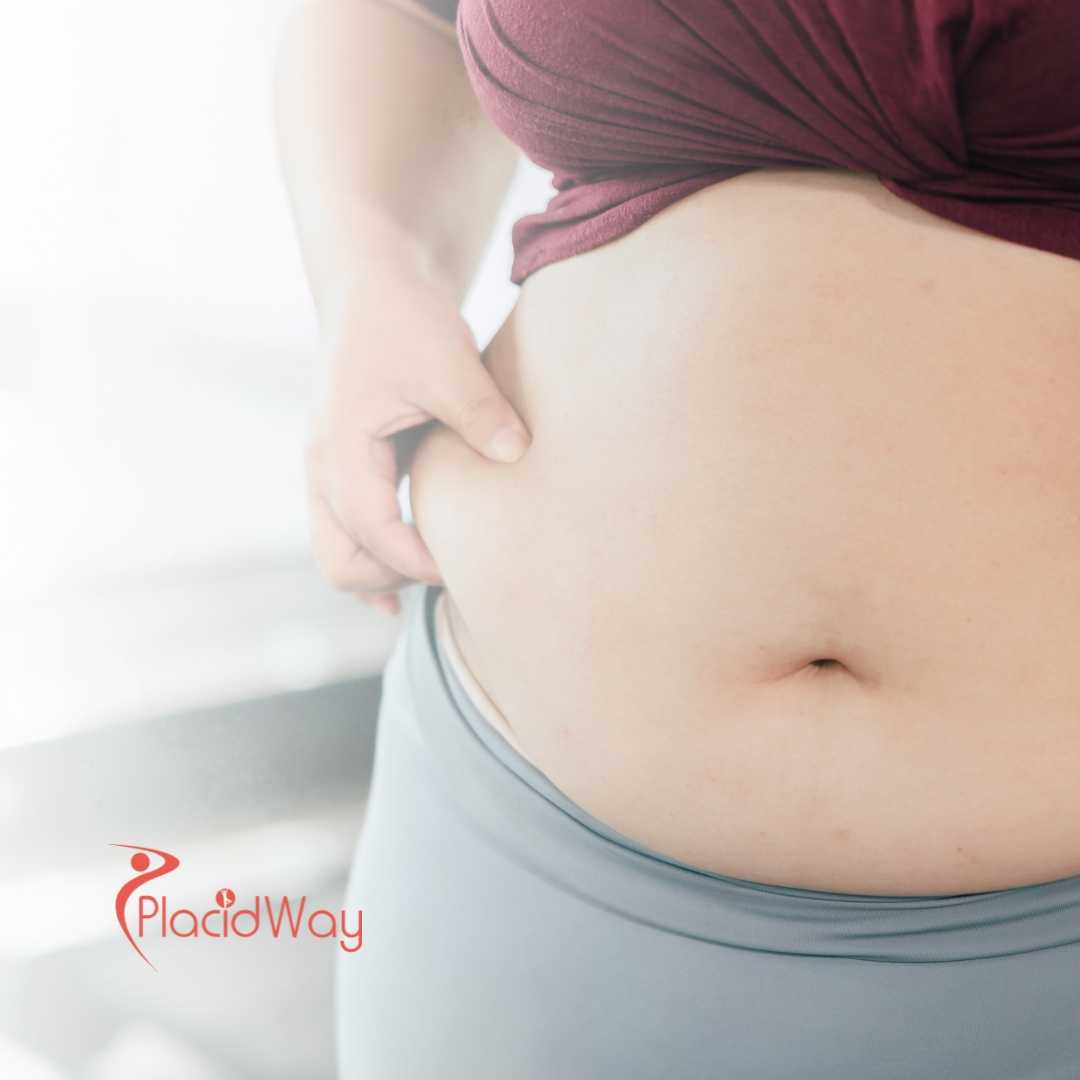
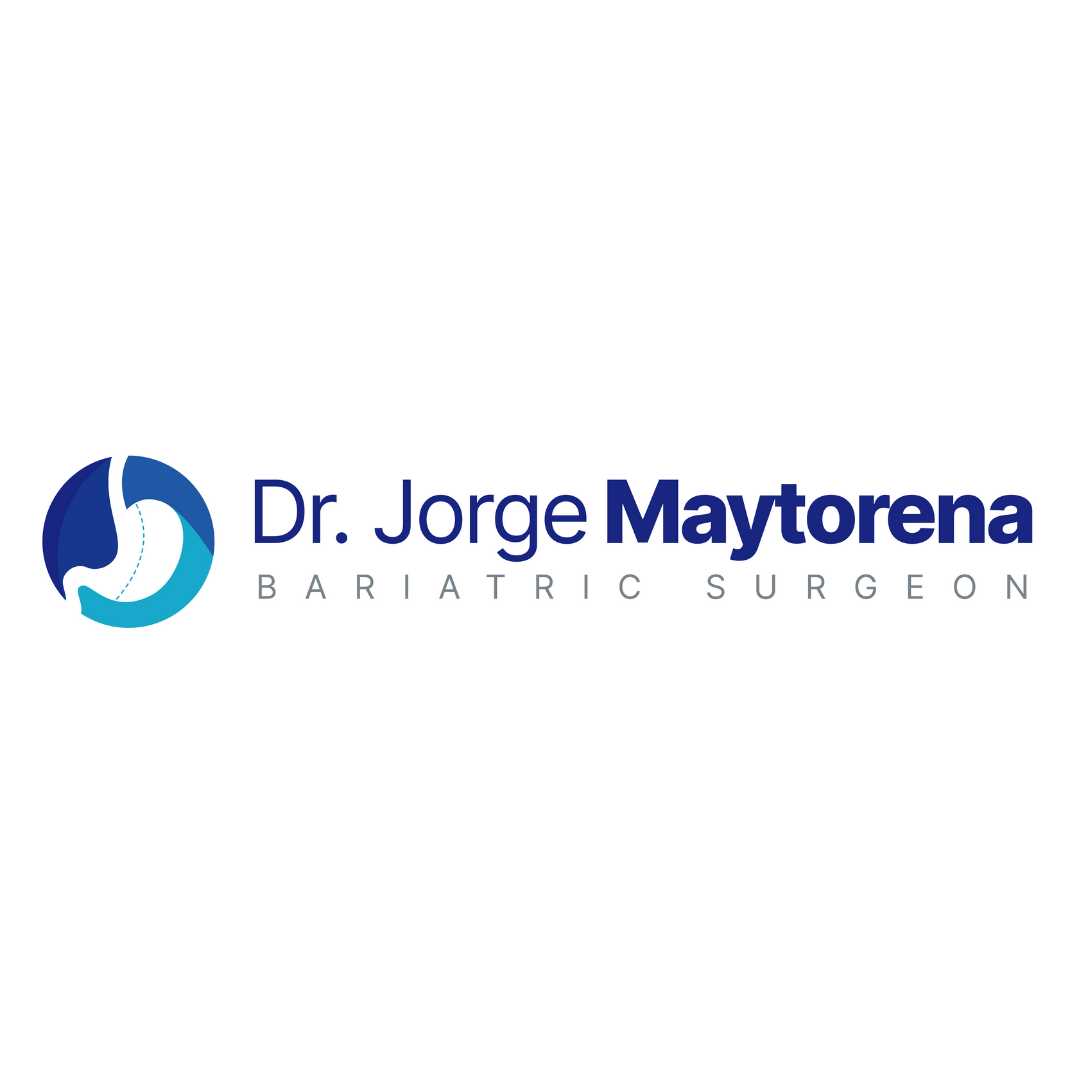
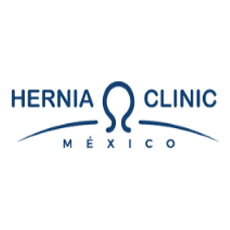
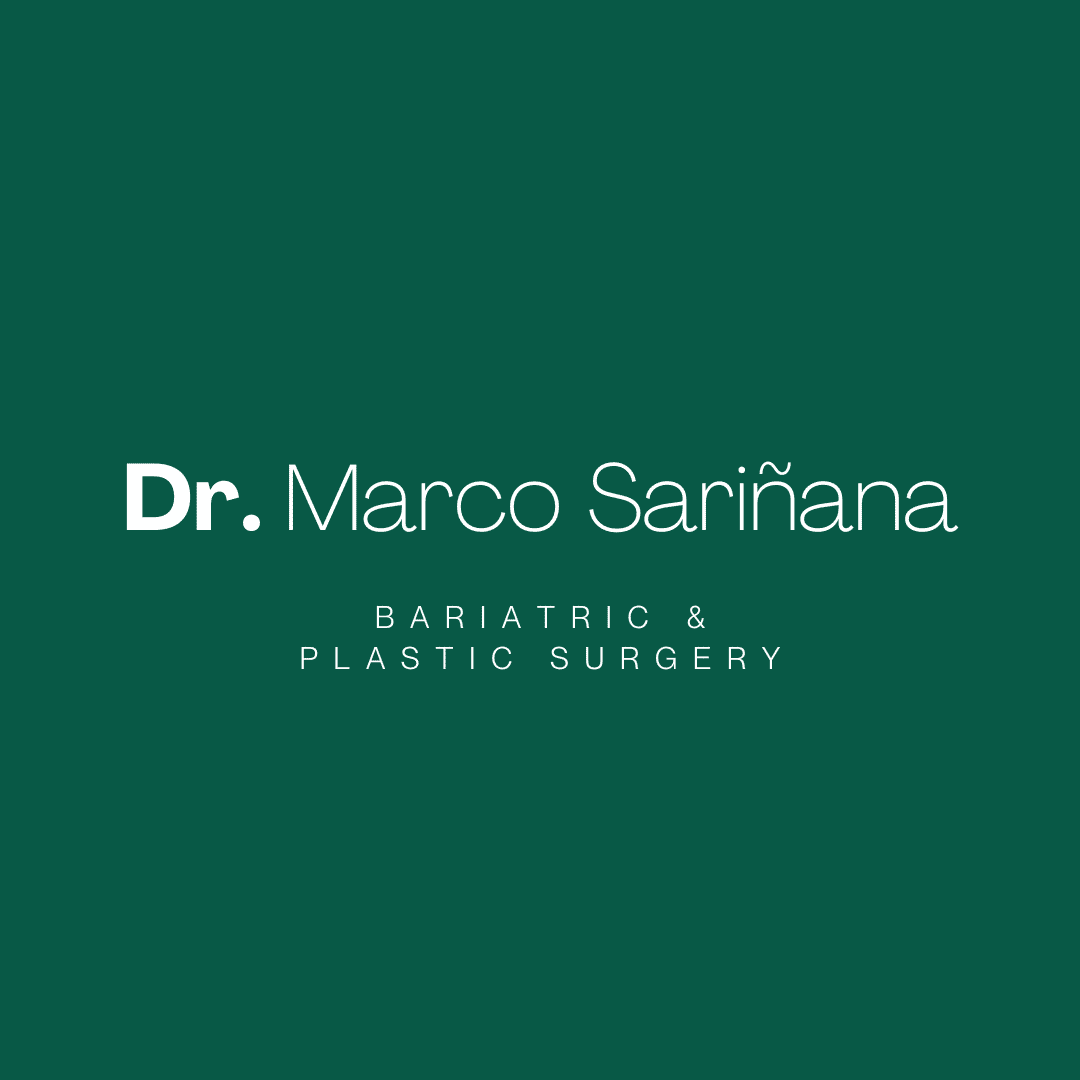

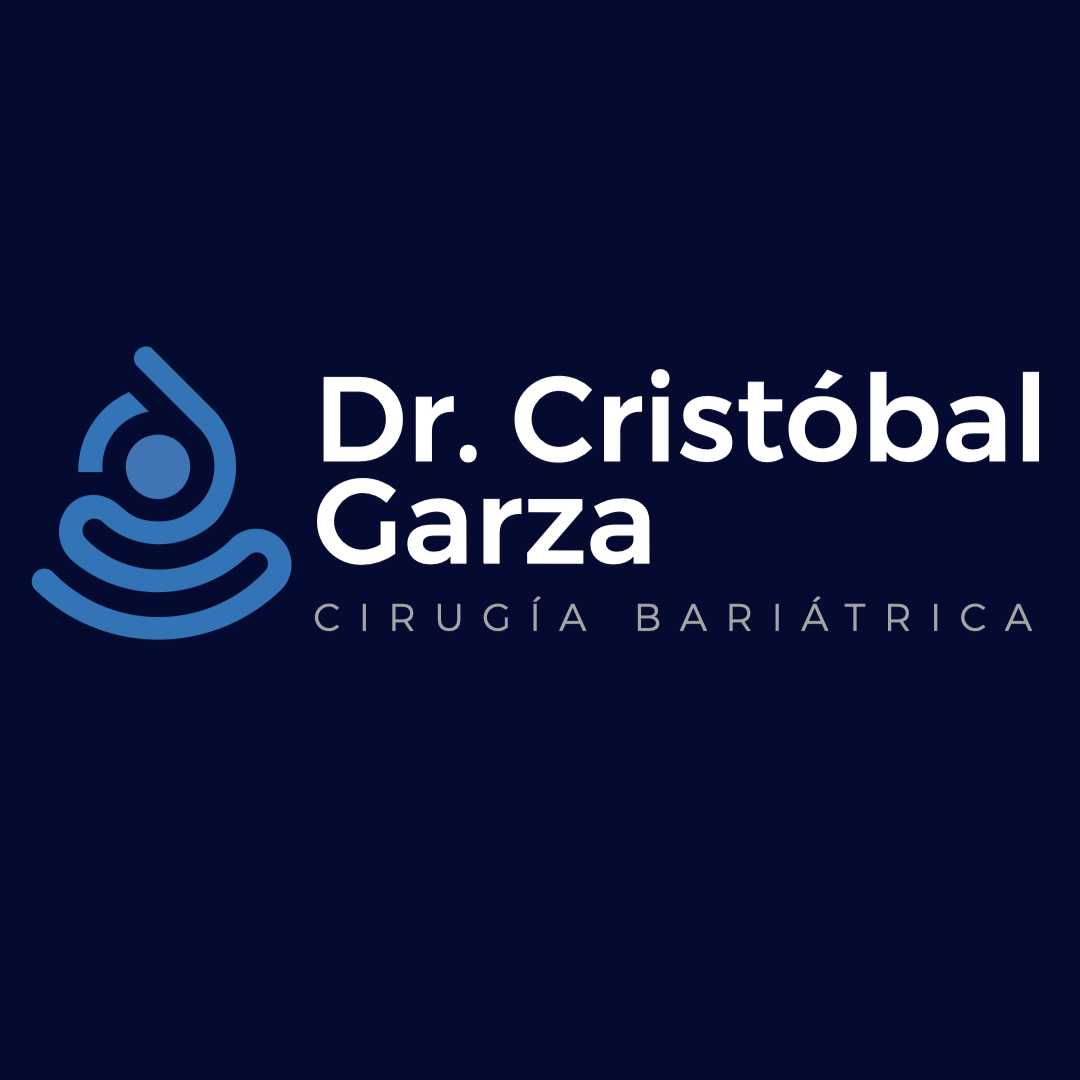

Share this listing